The extinction of dinosaurs 66 million years ago marks one of the most significant turning points in Earth’s biological history. The Cretaceous-Paleogene (K-Pg) extinction event, triggered by a massive asteroid impact near the Yucatán Peninsula in Mexico, eliminated approximately 75% of all species on Earth, including the non-avian dinosaurs that had dominated terrestrial ecosystems for over 160 million years. But what if this cosmic catastrophe had never occurred? Would dinosaurs still roam the Earth today? This fascinating counterfactual scenario has captivated scientists and the public alike, offering a glimpse into an alternative evolutionary timeline for our planet.
The Asteroid Impact: What Happened
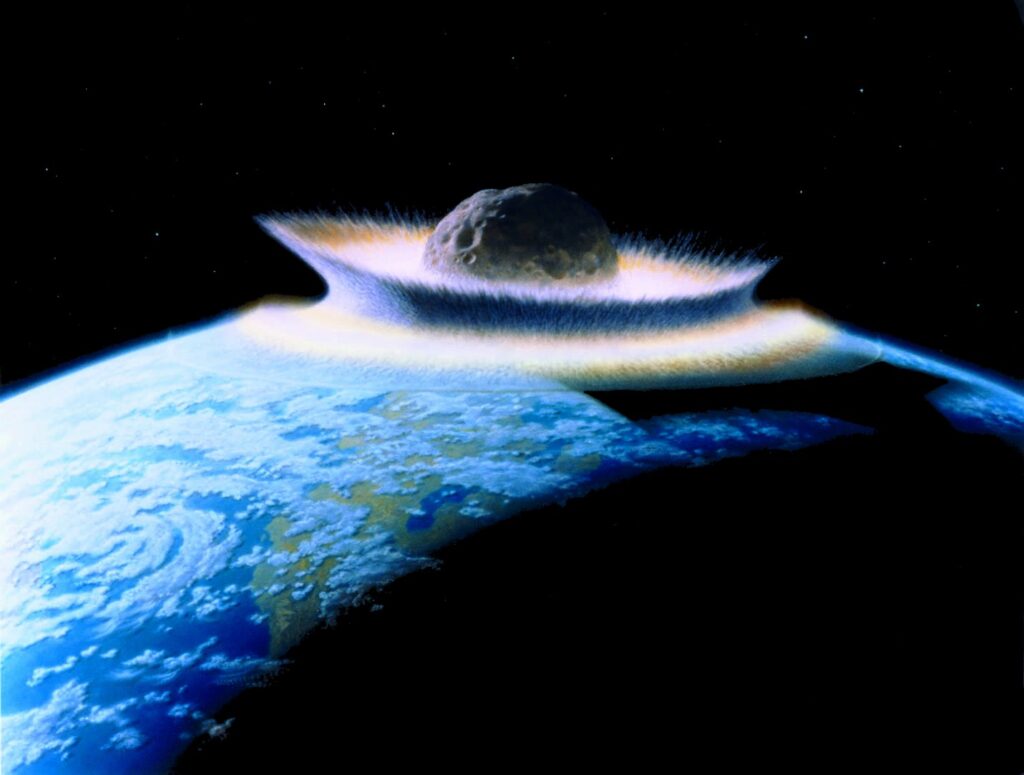
The asteroid that struck Earth at the end of the Cretaceous period measured approximately 6-9 miles (10-15 kilometers) in diameter and crashed into what is now the Chicxulub crater in Mexico. The impact released energy equivalent to billions of atomic bombs, triggering tsunamis, widespread fires, and ejecting massive amounts of debris into the atmosphere. This debris blocked sunlight for months or years, causing global cooling and disrupting photosynthesis worldwide. The combination of immediate destruction and long-term environmental changes proved catastrophic for most large terrestrial animals, particularly dinosaurs. The evidence for this impact is substantial, including the worldwide iridium layer at the K-Pg boundary and the massive crater itself, which stands as testimony to one of Earth’s most transformative moments.
Dinosaur Diversity Before the Impact

Before the asteroid impact, dinosaurs had achieved remarkable evolutionary success and diversity across the planet. The late Cretaceous period featured a rich assortment of dinosaur species, from the massive titanosaurs that could weigh up to 70 tons to specialized predators like Tyrannosaurus rex and the swift, intelligent dromaeosaurs. Herbivorous groups such as ceratopsians (including Triceratops), hadrosaurs, and ankylosaurs had developed sophisticated feeding strategies and defensive adaptations. Recent research suggests dinosaurs were not in decline before the impact; fossil evidence from places like the Hell Creek Formation in North America indicates thriving, diverse dinosaur communities right up until the extinction event. This vibrant biodiversity suggests that without the asteroid, dinosaurs could have continued their evolutionary journey uninterrupted.
Challenging the Asteroid Theory: Alternative Extinction Scenarios
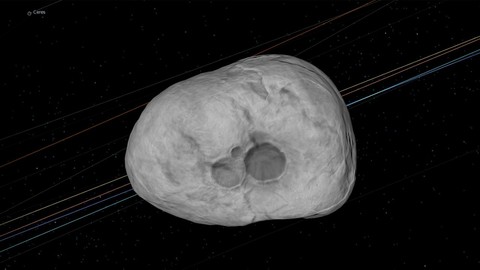
While the asteroid impact is the most widely accepted cause of dinosaur extinction, some scientists have proposed alternative or complementary theories. The Deccan Traps volcanic eruptions in India, which occurred around the same time, released enormous volumes of lava and gases that could have contributed to climate disruption. Some researchers argue that dinosaurs were already experiencing environmental stress due to cooling temperatures or sea level changes in the late Cretaceous. Others suggest that competition with the increasingly diverse mammals might have eventually challenged dinosaur dominance. However, most paleontologists now agree that while these factors may have stressed dinosaur populations, they likely wouldn’t have caused a mass extinction without the asteroid impact. The timing and global nature of the extinction event strongly support the primary role of the Chicxulub impact in ending the age of dinosaurs.
Dinosaur Adaptability: Evidence for Survival Potential

Dinosaurs demonstrated remarkable adaptability throughout their 165-million-year reign on Earth. They survived previous mass extinction events, including the Triassic-Jurassic extinction approximately 201 million years ago. Throughout their history, dinosaurs successfully adapted to changing climates, from the warm, humid conditions of the early Mesozoic to the somewhat cooler, more seasonal climates of the late Cretaceous. Their diversity of sizes, body types, metabolic strategies, and feeding adaptations suggests they possessed considerable evolutionary flexibility. Dinosaurs had colonized every continent and virtually every terrestrial habitat, from deserts to polar regions, demonstrating their ability to thrive in varied environments. This history of resilience and adaptation provides strong evidence that at least some dinosaur lineages could have continued to evolve and adapt to changing conditions had the asteroid missed Earth.
Climate Change in the Late Cretaceous and Beyond

The late Cretaceous period was characterized by a relatively warm global climate, though cooler than earlier periods of the Mesozoic era. Had the asteroid missed Earth, dinosaurs would have faced gradual climate changes as the Cenozoic era unfolded. The Earth was already beginning a long-term cooling trend that would eventually lead to the ice ages of the Pleistocene. Major geographic changes were also underway, with continents continuing to drift toward their modern positions. The gradual rise of the Rocky Mountains and the Andes would have created new ecological opportunities. While some dinosaur species might have struggled with these changes, the group as a whole had demonstrated adaptability to climate fluctuations throughout their long history. Many paleontologists believe certain dinosaur groups would have continued to thrive and evolve in response to these gradual environmental shifts, potentially developing new adaptations for cooler climates.
Mammals: Competitors or Still in the Shadows?

Mammals coexisted with dinosaurs throughout the Mesozoic era but remained relatively small and occupied mostly nocturnal or burrowing niches. Without the asteroid impact, the explosive diversification of mammals that occurred in the early Cenozoic might never have happened in the same way. Mammals had already been evolving for over 100 million years alongside dinosaurs without displacing them as the dominant terrestrial vertebrates. Recent research suggests that ecological opportunity, not inherent competitive superiority, allowed mammals to diversify after the extinction event. Small mammals might have continued evolving alongside dinosaurs, potentially developing interesting ecological relationships, but they likely would not have achieved the dominance they enjoy today. Some researchers speculate that certain mammal lineages might eventually have evolved to fill larger-bodied niches, creating more competition with dinosaurs, but this would likely have been a gradual process rather than a wholesale replacement.
Birds: The Dinosaurs That Did Survive

It’s crucial to remember that dinosaurs didn’t completely disappear—birds are technically avian dinosaurs, the descendants of small, feathered theropod dinosaurs. Birds survived the K-Pg extinction event because of their small size, flight capability, seed-based diets, and other adaptations provided advantages during the post-impact environmental crisis. In our alternative timeline without an asteroid impact, the evolutionary relationship between non-avian dinosaurs and birds would have continued to develop. Birds might have remained one successful branch of the dinosaur family tree rather than the sole survivors. The diversity of bird-like dinosaurs was already substantial in the late Cretaceous, including many small, feathered species with sophisticated behaviors. Without the extinction event, the boundary between “bird” and “non-avian dinosaur” might have remained even more blurred, with a continuous spectrum of forms rather than the sharp evolutionary divide created by the mass extinction.
The Potential for Dinosaur Intelligence

One of the most intriguing questions concerns the potential for greater cognitive evolution in dinosaurs. Certain theropod dinosaurs, particularly dromaeosaurs (the family including Velociraptor) and troodontids, possessed relatively large brains for their body size and likely exhibited complex behaviors. These dinosaurs had enlarged forebrains, stereoscopic vision, and evidence suggests some may have been social animals. Given tens of millions more years of evolution, could some dinosaur lineages have developed higher intelligence? Some paleontologists, including Dale Russell in his famous “dinosauroid” thought experiment, have speculated about the possibility of dinosaurs evolving humanoid intelligence. While most scientists consider humanoid dinosaurs unlikely, continued encephalization (increased brain-to-body ratio) in certain theropod lineages might well have occurred, potentially leading to dinosaurs with intelligence comparable to modern corvids (crows and ravens) or perhaps even primates.
Potential New Dinosaur Forms in the Cenozoic
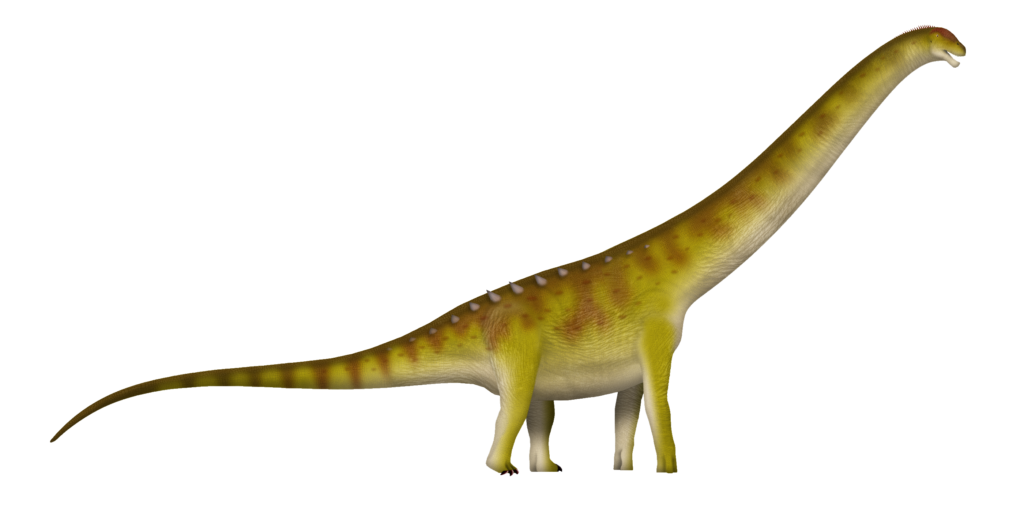
Without the asteroid impact, dinosaur evolution would have continued along paths we can only speculate about, potentially producing forms unlike anything in the fossil record. The separation of continents might have led to distinct dinosaur faunas on different landmasses, similar to how mammals diversified during the actual Cenozoic. As grasslands expanded during the Miocene (which occurred in our timeline), some herbivorous dinosaurs might have evolved specialized grinding teeth and digestive systems to process this abundant but tough food source. Predatory dinosaurs might have developed new hunting strategies to catch increasingly sophisticated prey. The cooling trend of the Cenozoic might have favored the evolution of dinosaurs with higher metabolic rates, possibly including fully warm-blooded species with insulation like feathers or even hair-like structures. Marine and flying reptile groups that coexisted with dinosaurs, such as mosasaurs and pterosaurs, might also have continued their evolutionary trajectories, creating even more diverse Cenozoic ecosystems.
Dinosaur Survival Through the Ice Ages
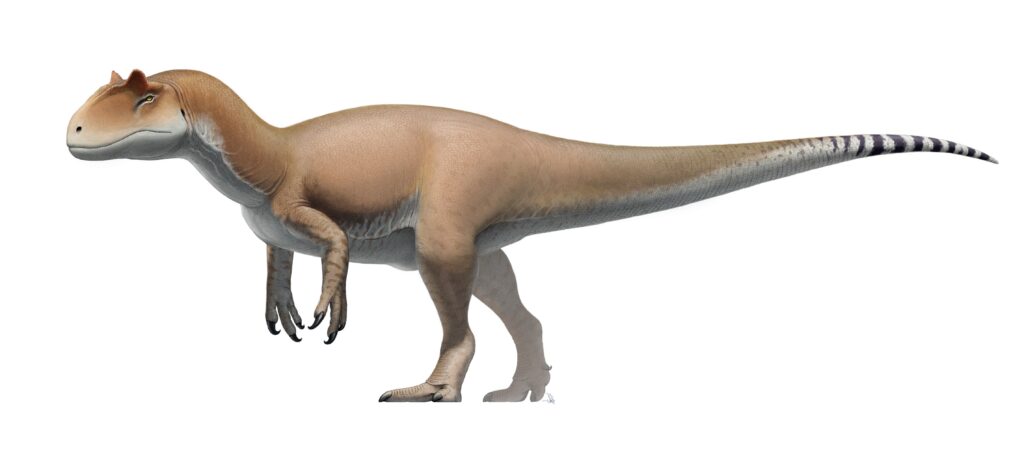
One of the most challenging periods for dinosaurs in our alternative timeline would have been the Pleistocene ice ages, which began approximately 2.6 million years ago. These periodic glaciations created dramatic climate fluctuations and habitat changes across much of the planet. While some have suggested that dinosaurs might have struggled with these conditions, evidence indicates that many dinosaur groups had already adapted to cooler environments. Dinosaur fossils have been found in ancient polar regions, including species that lived through polar winters with seasonal darkness. Some dinosaurs, particularly smaller theropods, had already evolved feathers for insulation, which could have been advantageous during colder periods. Larger dinosaurs might have migrated seasonally to avoid the harshest conditions, similar to modern elephants or wildebeest. It’s plausible that dinosaurs would have evolved specific adaptations for cold weather, such as enhanced insulation, seasonal hibernation, or physiological mechanisms to conserve heat, allowing at least some lineages to thrive through the ice ages.
Human Evolution in a World of Dinosaurs

Perhaps the most thought-provoking question is whether humans would have evolved in a world still dominated by dinosaurs. The absence of the K-Pg extinction event would have fundamentally altered mammalian evolution, potentially preventing primates from ever diversifying into the forms that eventually led to humans. If primates did evolve, they might have remained small, arboreal creatures, adapted to avoid dinosaur predators. Even if hominids somehow emerged, their evolution and spread across the planet would have occurred in ecosystems shaped by dinosaur presence. Some speculate that intelligent dinosaurs might have evolved instead, though most paleontologists consider convergent evolution toward human-like intelligence unlikely. The development of human agriculture, cities, and civilization would have faced entirely different challenges in landscapes populated by large dinosaurs. This alternative evolutionary scenario underscores how contingent human existence is on the specific historical path that Earth’s biodiversity has taken.
Scientific Methods for Exploring the Counterfactual
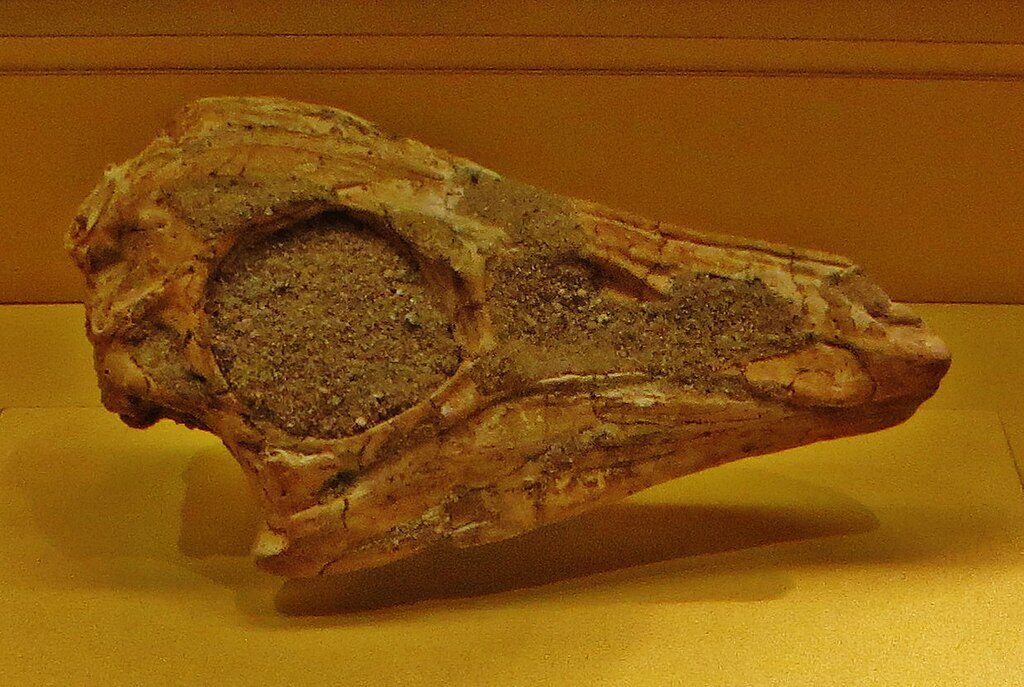
Scientists use several approaches to explore this counterfactual scenario of dinosaur survival. Comparative anatomy and physiology help researchers understand dinosaur adaptability by examining how modern relatives like birds respond to environmental changes. Evolutionary modeling, which applies mathematical principles to predict how traits might have changed over time, provides another tool for estimating potential dinosaur adaptations. Computer simulations can model climate change impacts on dinosaur populations under various scenarios. Functional morphology studies how dinosaur body structures worked, helping scientists predict how these might have evolved to meet new challenges. The fossil record of the late Cretaceous provides crucial baseline data about dinosaur diversity and ecology immediately before the extinction. Despite these scientific approaches, it’s important to recognize that counterfactual evolutionary scenarios involve significant speculation and should be considered thought experiments rather than definitive predictions about what would have occurred in an asteroid-free world.
Lessons for Understanding Evolution and Extinction
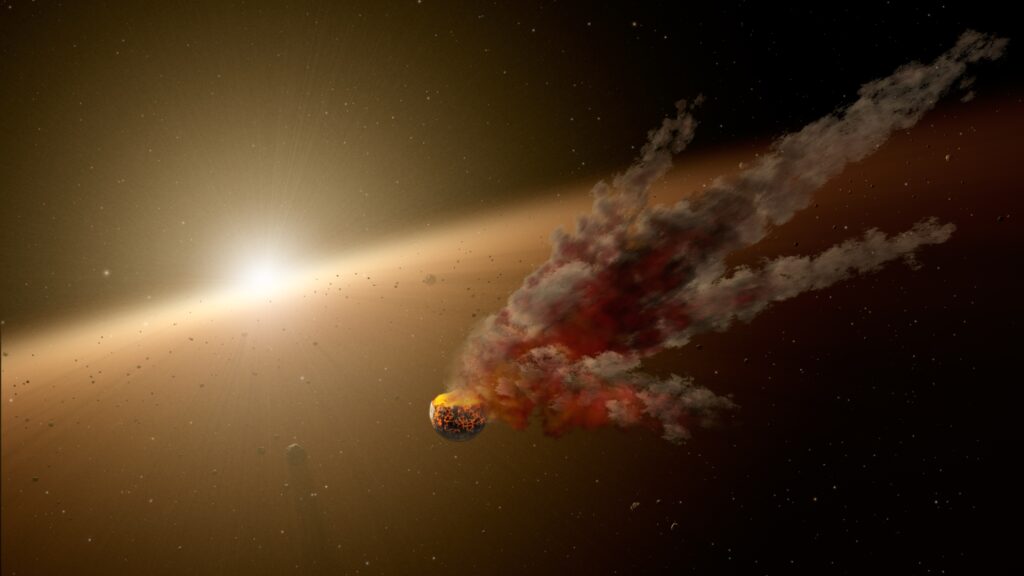
Contemplating dinosaur survival offers valuable insights into evolution and extinction more broadly. This thought experiment highlights the role of contingency in evolutionary history—how random events like asteroid impacts can dramatically alter life’s trajectory on Earth. It reminds us that evolution doesn’t follow a predetermined path toward “higher” forms but responds to specific environmental pressures and opportunities. The scenario underscores how extinction events create ecological vacancies that enable adaptive radiation of surviving groups, as occurred with mammals after the dinosaurs’ demise. For conservation biology, this counterfactual helps us appreciate how human-caused extinctions today might similarly alter evolutionary pathways far into the future. By considering what might have been, we gain perspective on the fragility and resilience of life on Earth, including our own species’ fortunate evolutionary window. The dinosaur counterfactual ultimately demonstrates that while evolution is governed by natural selection and other scientific principles, its specific outcomes depend heavily on historical contingencies.
Conclusion

The question of whether dinosaurs could have survived without the asteroid impact offers a fascinating window into evolutionary possibilities. Evidence strongly suggests that dinosaurs were not in decline and likely would have continued their evolutionary journey had the K-Pg extinction event never occurred. Their remarkable adaptability, diverse forms, and 165-million-year success story indicate they possessed the biological flexibility to face changing environments. While we’ll never know exactly what forms they might have taken or whether intelligent dinosaurs would have emerged, this counterfactual scenario reminds us of life’s resilience and the profound impact of chance events on Earth’s history. In a real sense, dinosaurs did survive through their avian descendants, but our world would be dramatically different if their non-avian relatives had continued alongside them, potentially altering or even preventing the rise of mammals and humans. This alternative Earth, still ruled by dinosaurs, remains one of science’s most captivating “what if” scenarios.




